Heather Hunt has made a name for herself as a go-to illustrator for evocative illustrations for picture books about native manu, especially kiwi! In her latest work – Mr Kiwi Has An Important Job – Heather took on the role of both illustrator and author, creating a tale that’s both fun and educational and of course, fabulously illustrated. We asked Heather to share a day in her illustrating life – and here it is!
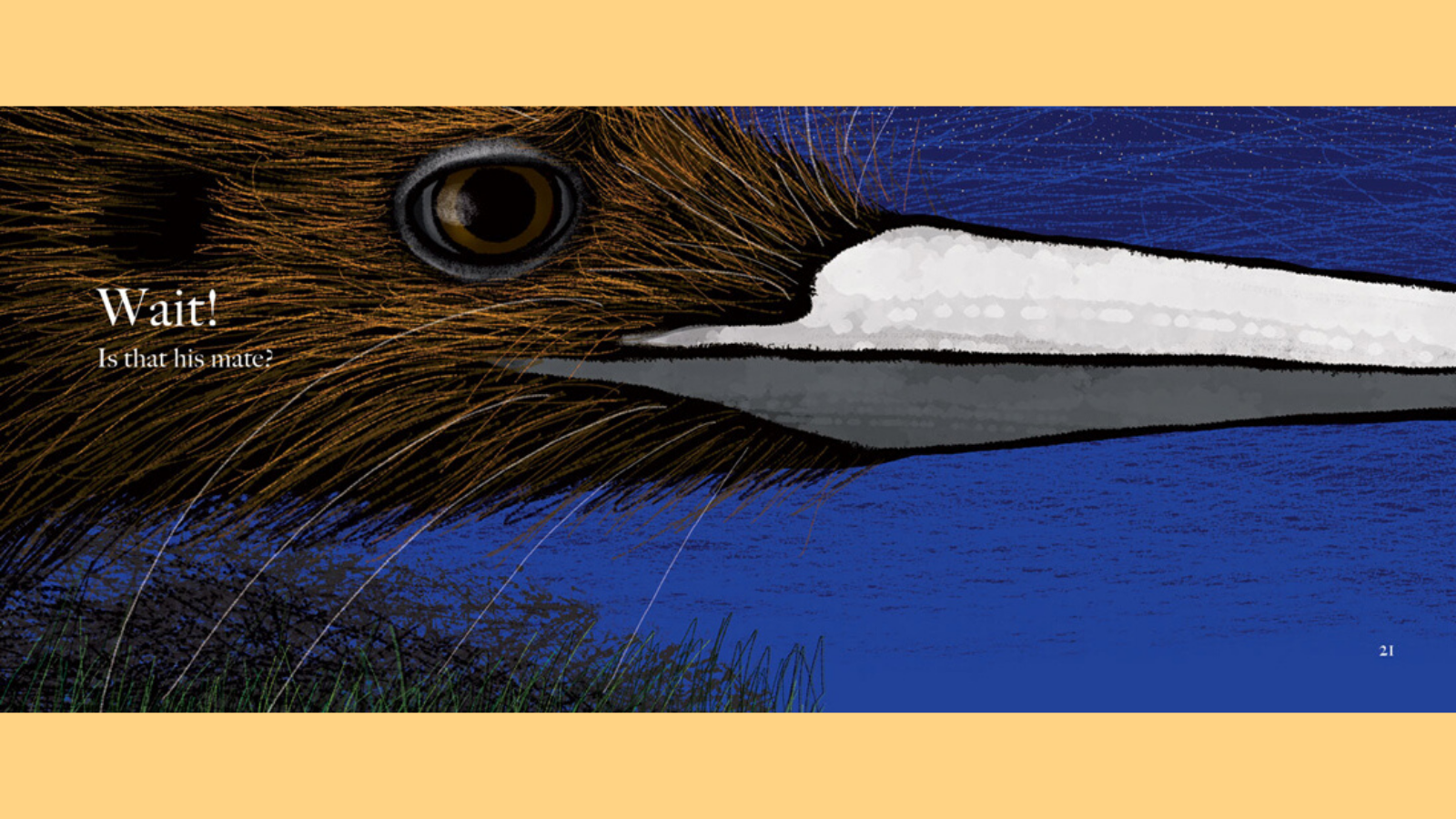
If the weather allows, the first thing I do is go for a five kilometre walk around the peninsula at the end of my road. I walk through paddocks and bush to watch the early morning light as the sun rises over the ocean.
These are some of the birds I might see on my way: paradise ducks, tūī, kūkupa, kākā, riroriro, kākāriki, pīwakawaka, oyster catchers, dotterels and seagulls. My walk is a way for me to set my compass bearings for the day, no matter how full my head is when I set off. By the time I have gone all the way around ‘the point’ I have sorted myself out and am ready to start the day.
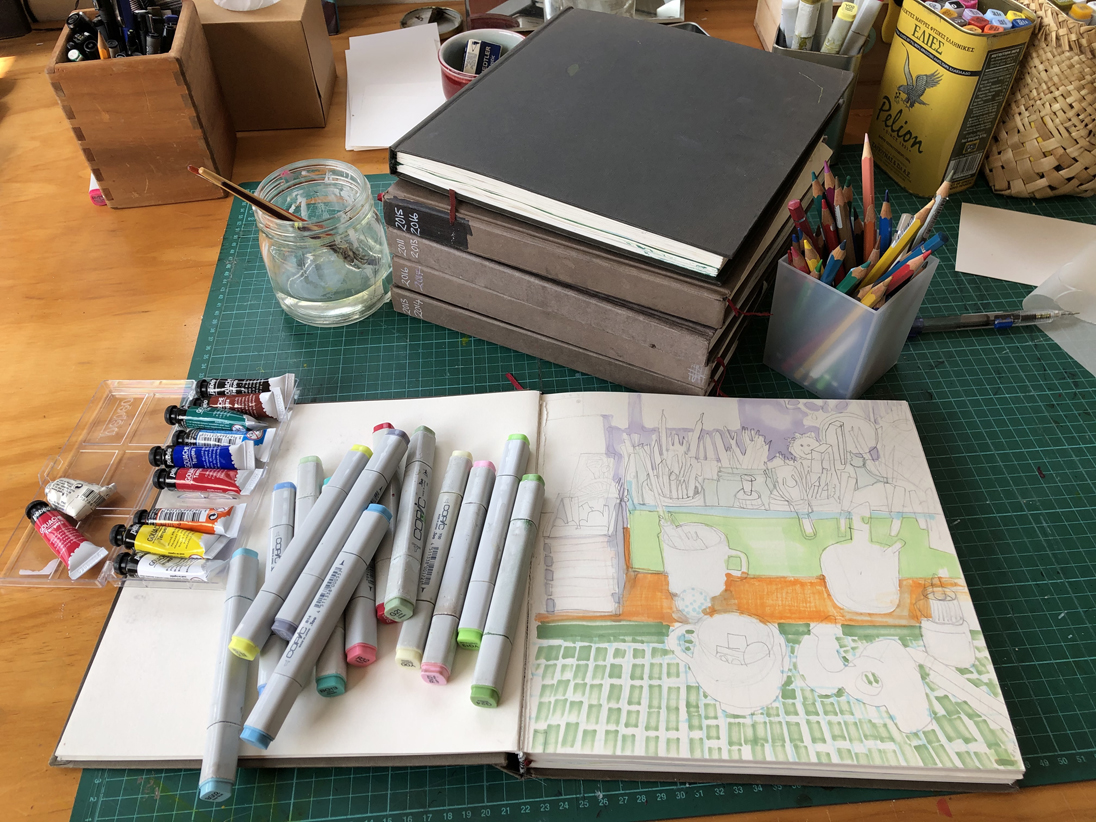
After breakfast, I go into my office, make a plan. I always have a drawing book on the go and draw in it most days: sketches, doodles, observational drawings, anything – the important thing is to draw. It’s a great place to try new ideas and techniques. I have a collection of these books and often look through them. They are a valuable reference to spark ideas for other projects.
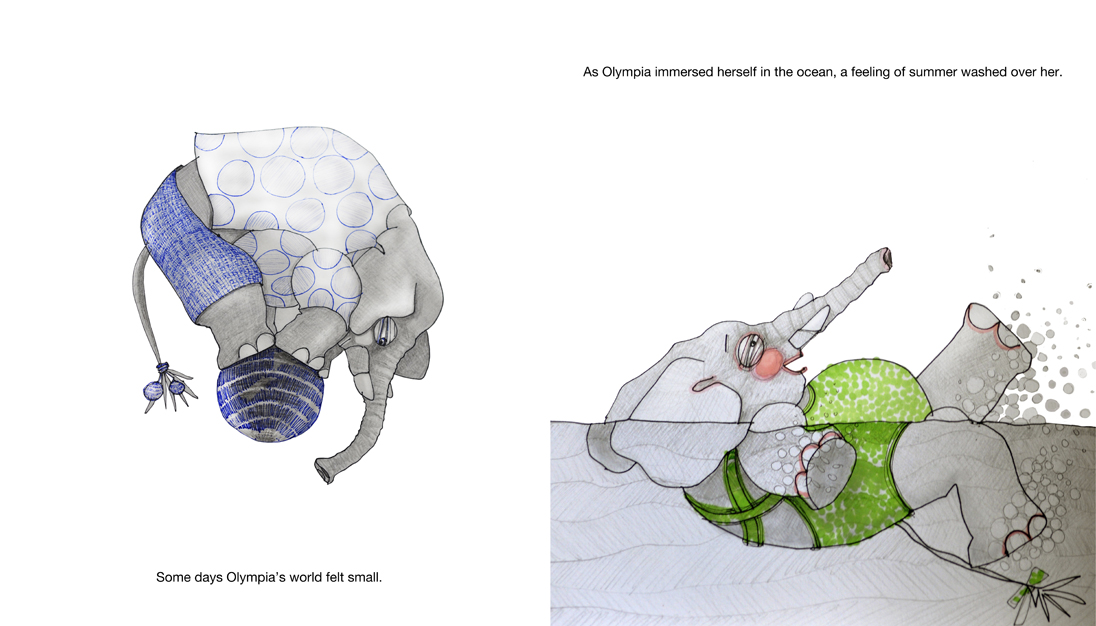
About 5 years ago a character emerged out of this drawing practice: an elephant I named Olympia! Initially sparked by a conversation with writer RA Spratt, Olympia has grown to be a friend and confidant. Her personal motto is ‘have a go!’ and I love that she is a real ‘try-er’. I draw her entirely for my own pleasure, and she makes regular appearances on cards for friends and family. She’s taking over my Instagram page (@heatherhunt_illustrator) and has a dedicated following.
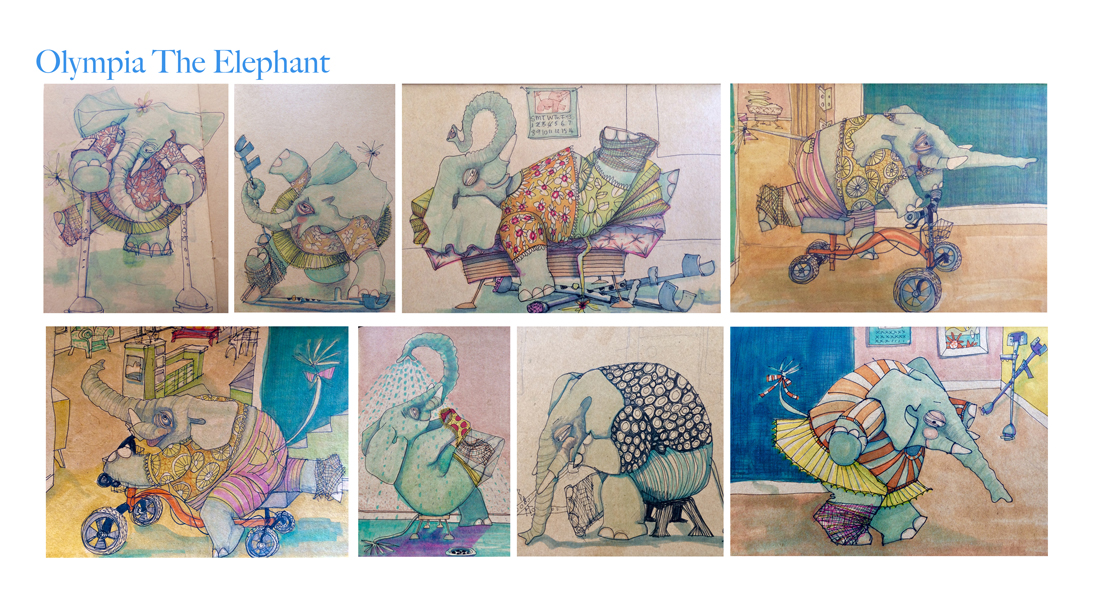
When I am working on a picture book I work 8-9 hours a day, most days of the week for many months. And the process goes like this…
In the beginning, I do hundreds of drawings to get a feel for characters and develop a visual style for the book. As the story idea becomes clearer I rough out a storyboard on a big sheet of paper then chop it up and pin it up on my drawing wall to see if the story is making sense. Spreads get shuffled around and replaced as the story and sequence is adjusted and by the end of this stage, my storyboard looks like a patchwork quilt.
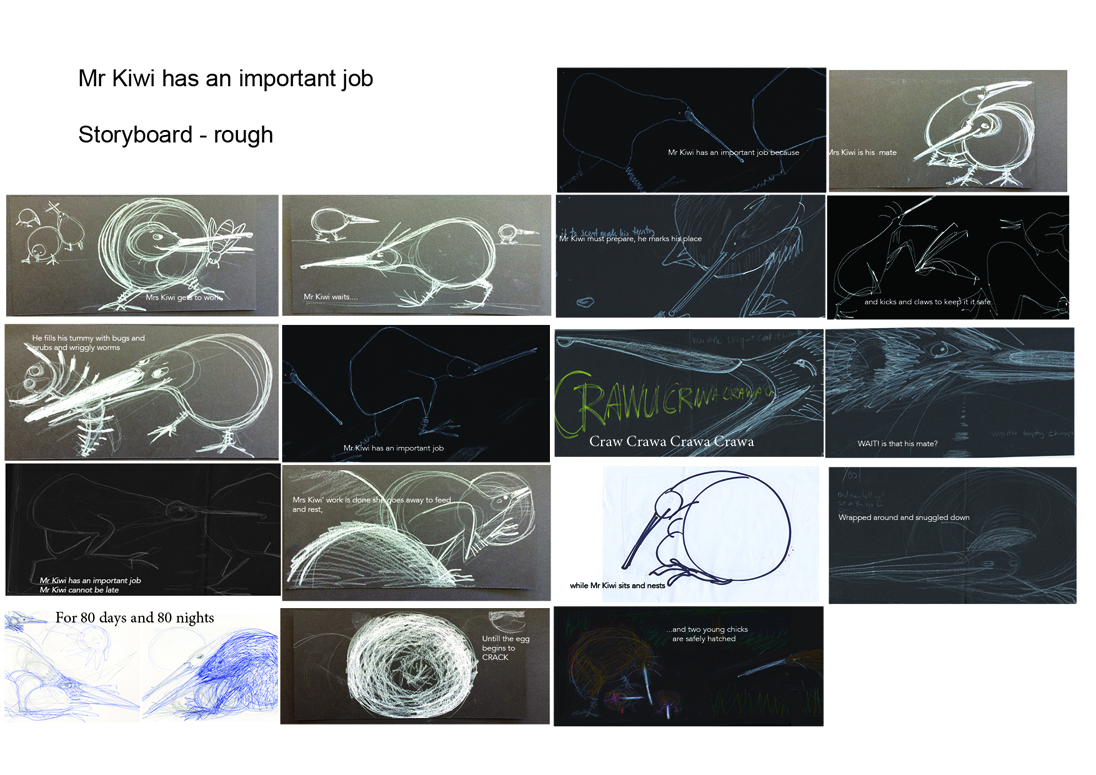
With Mr Kiwi Has An Important Job I made small mock-up books that I read aloud to help me get a feel for how the written and visual narratives worked together. It’s interesting to look back at these miniature versions of Mr Kiwi and see how much the story changed throughout this process.
When the story and the images have come together I begin the final drawings. This starts with sketching up each double page spread in pencil. When the basic composition looks good I scan it into my computer and use this skeletal drawing as a base for the final illustration. These scans are a guide for the main drawing and there are often changes between the original sketch and the finished illustrated spread – as you can see in the differences between an early ‘Mr Kiwi waits’ sketch and the final illustration in the book.

The final Mr Kiwi illustrations are hand drawn on a Wacom tablet, built up of many different layers of digital colour in Adobe Photoshop. Each illustrated spread takes a week or more to complete. I know that they are finished when the illustration touches me and makes me smile!
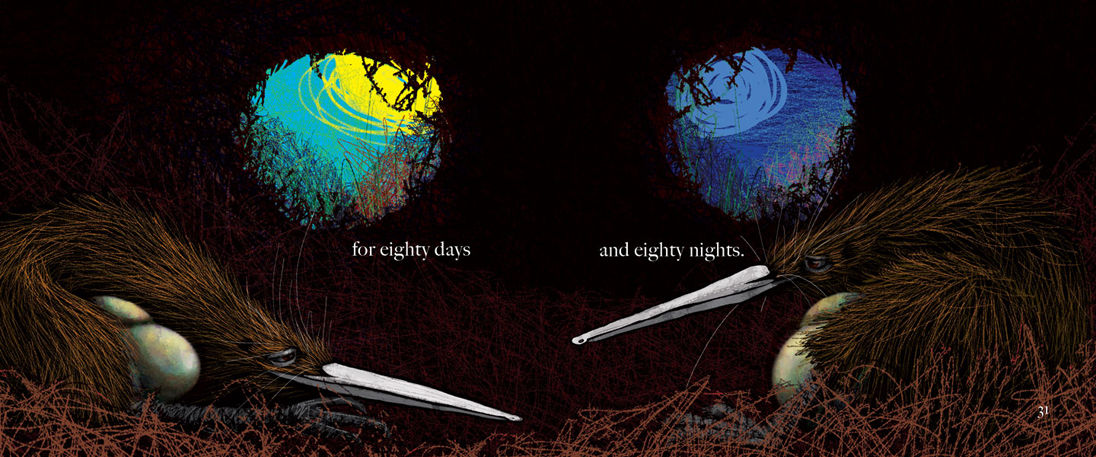
I like using a combination of media and techniques too. My sketchbook experiments often find their way into my book projects. With this assignment for a te reo Māori class I experimented with simple line and a limited colour palette to focus attention on the dialogue between the young child and the taniwha.
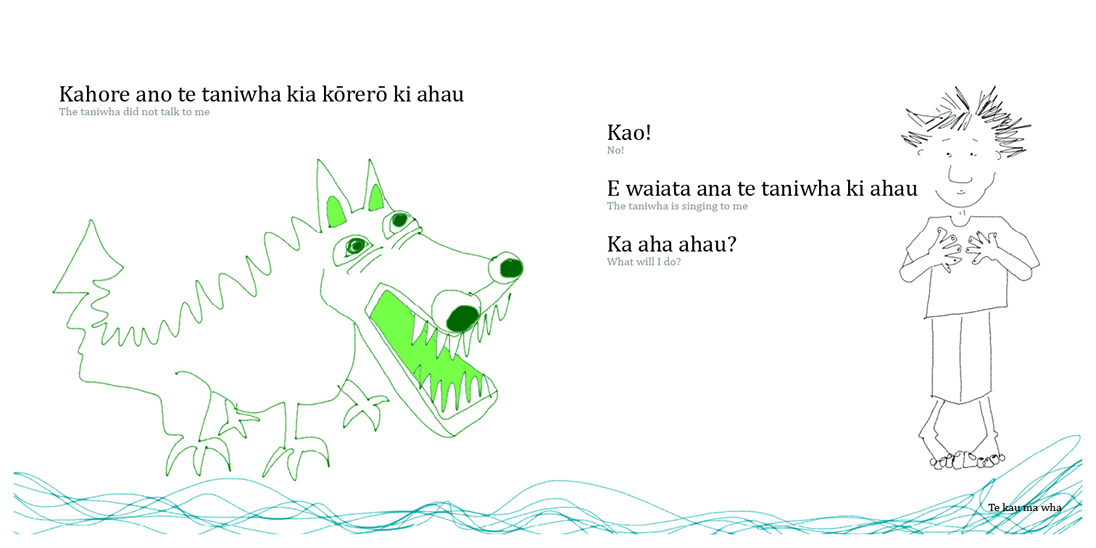
When I drew It’s My Egg (And You Can’t Have It!) I used ink and wash to paint the girl and dog then scanned these into my computer and continued drawing over them digitally.
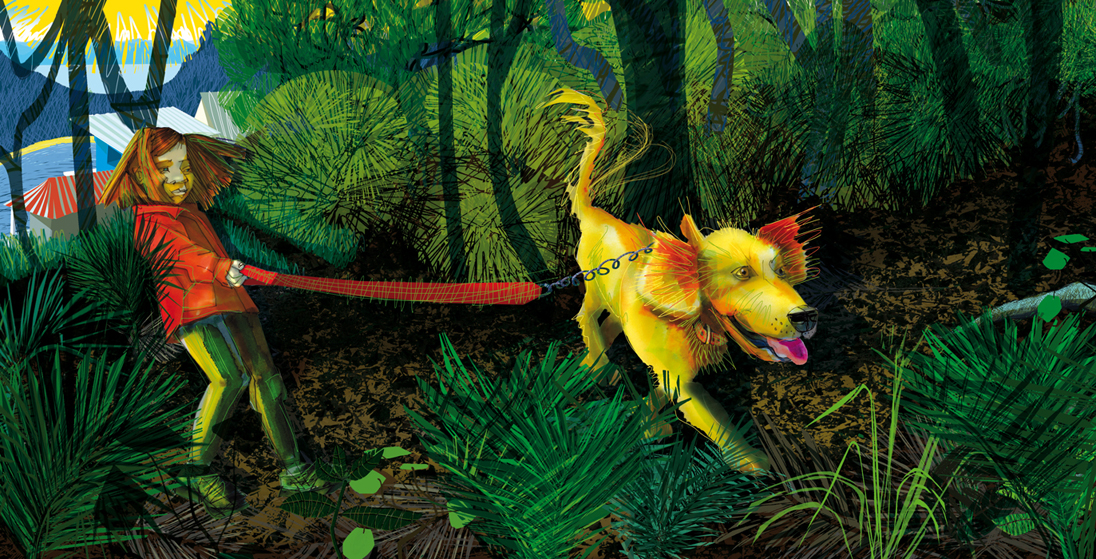
In this book I had a lot of fun with the eraser tool in Photoshop. Rather than drawing lines, I used transparent layers of coloured shapes and erased away at them to create the animals and foliage. This process of ‘reduction’ gave the illustrations a painterly and print-like quality.
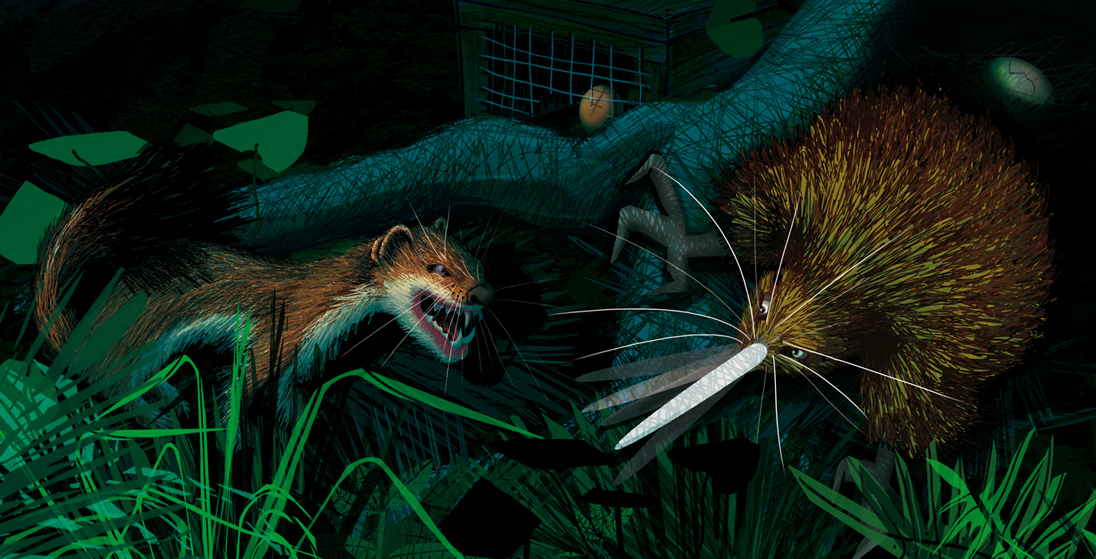
Telling a story with pictures and words tests my communication skills and imagination. It is so exciting when the pages ‘sing’. So at the end of the day, I am usually surprised to see that it is 5 or 6 pm. Drawing days are completely absorbing, so my dog is the best indicator of the time! When she comes into my office and nudges my right hand off the tablet or my drawing book, I know it is time to stop, fetch the dog biscuits and take her for a walk along the bay.
I am proud to call myself a ‘picture book maker’. I love the process, I love the genre, and I love picture books as both objects of art and works of literature!
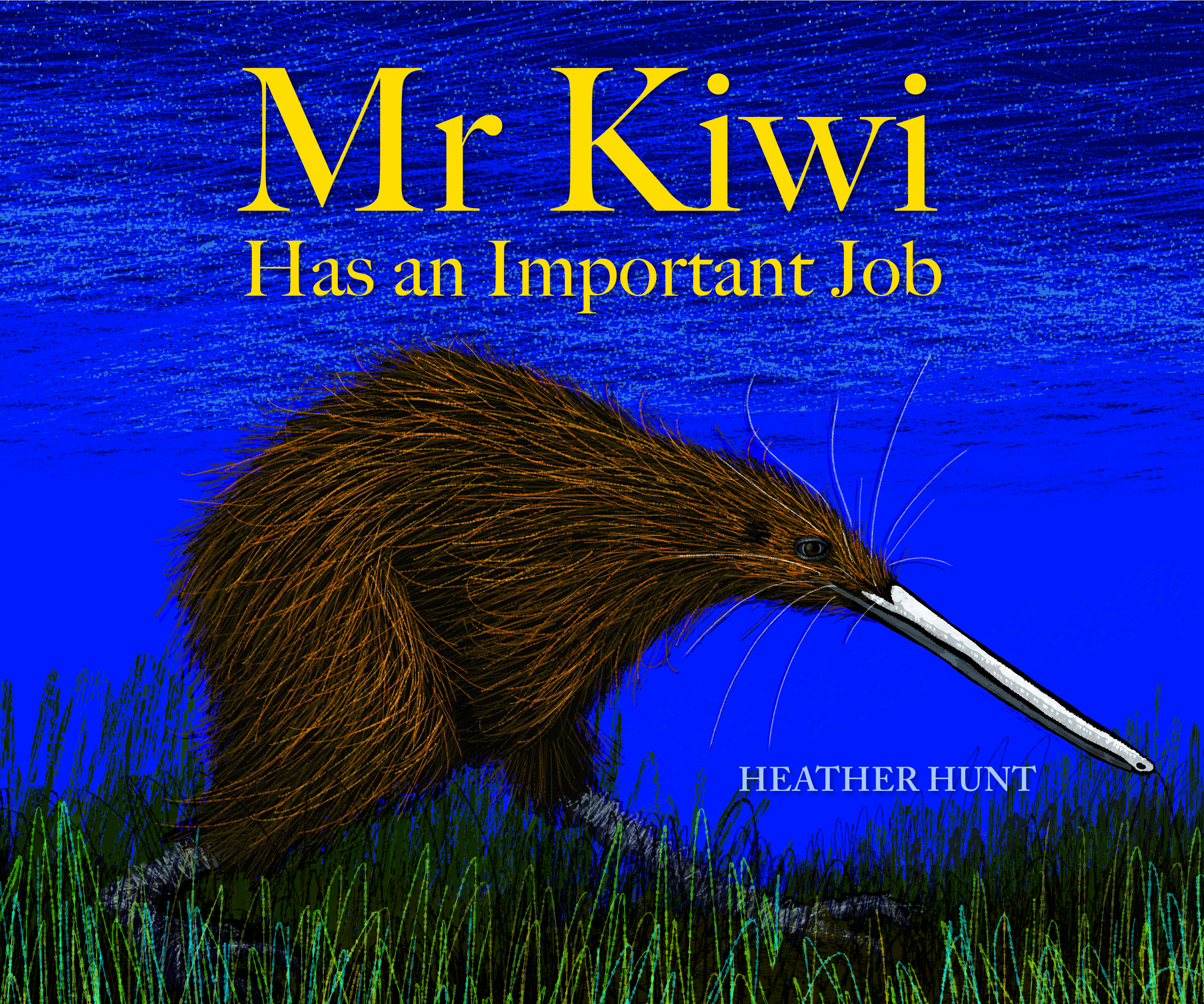
Mr Kiwi Has An Important Job
by Heather Hunt
Published by Potton & Burton
RRP: $29.99 (hardback) / $19.99 (paperback)
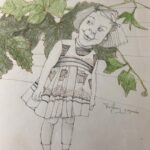
Heather Hunt
Heather Hunt is an illustrator and exhibiting artist who has spent her life learning about the world by drawing it. Her characters and the scenes they inhabit emerge out of a research process that involves observing, photographing, reading, writing, conversations, and, above all, hundreds of drawings.
Heather lives at Whangarei Heads, near the entrance to Whangarei Harbour in the north of New Zealand and when she is not making picture books she publicises community environment projects in her area.



